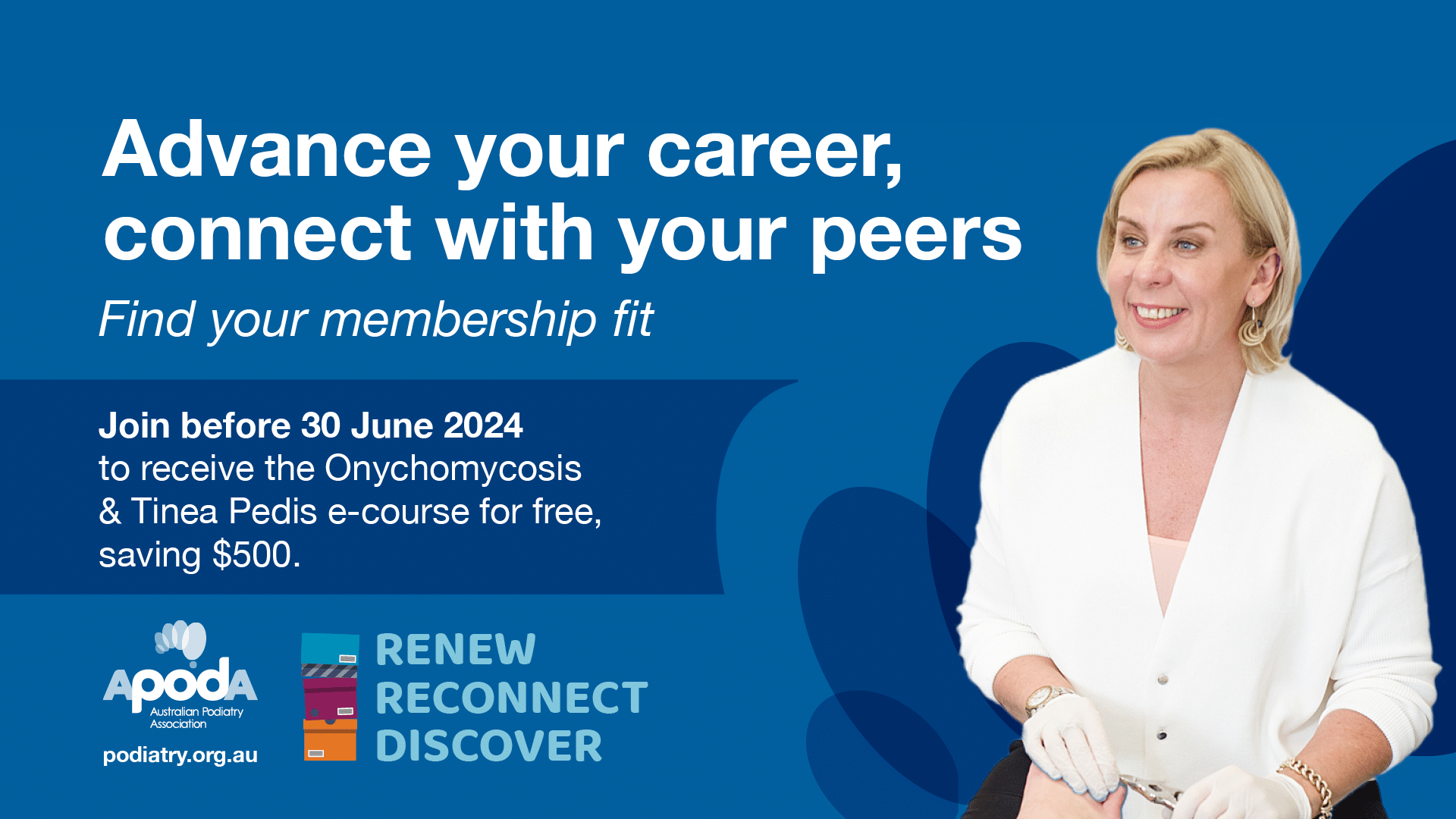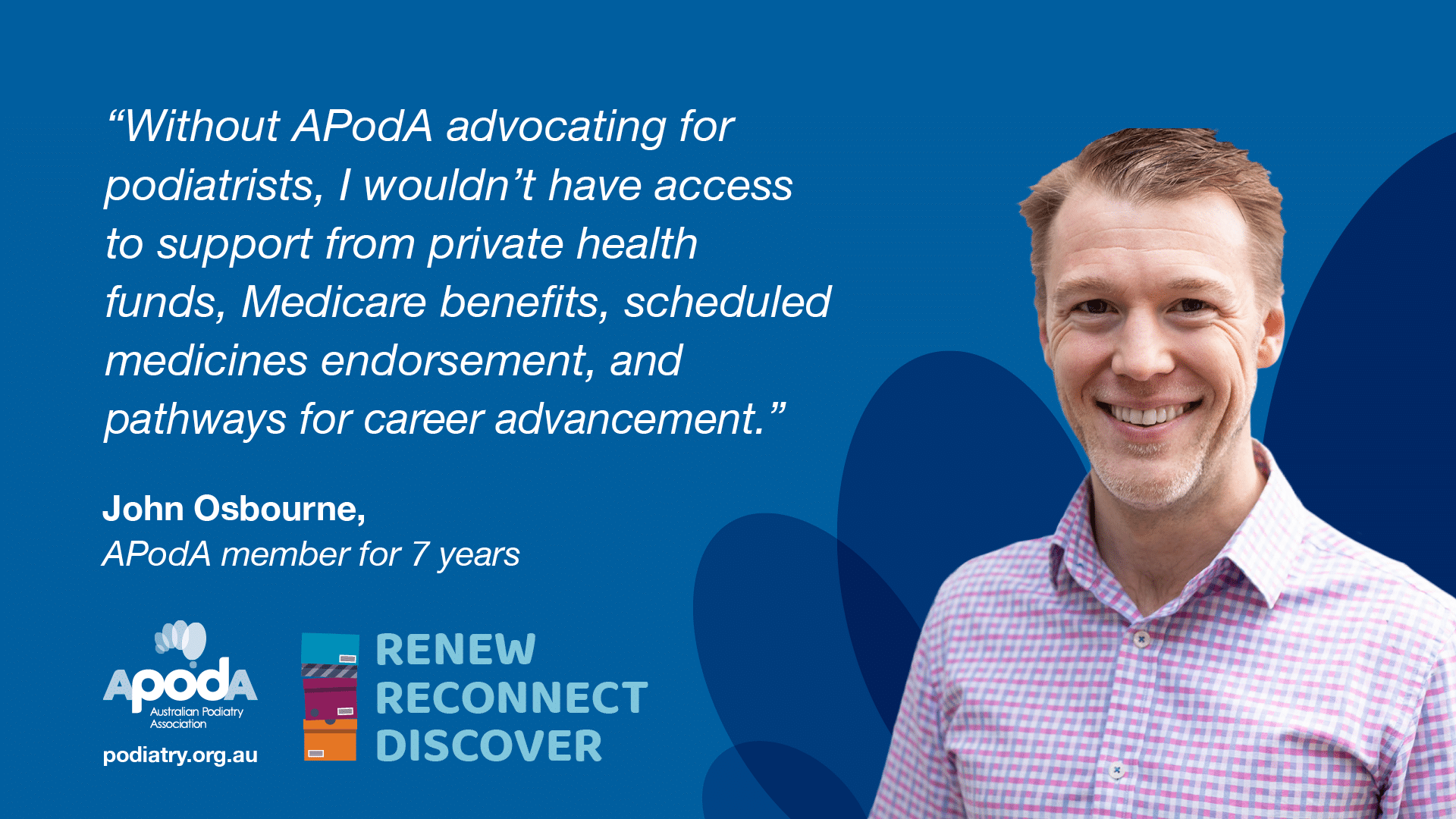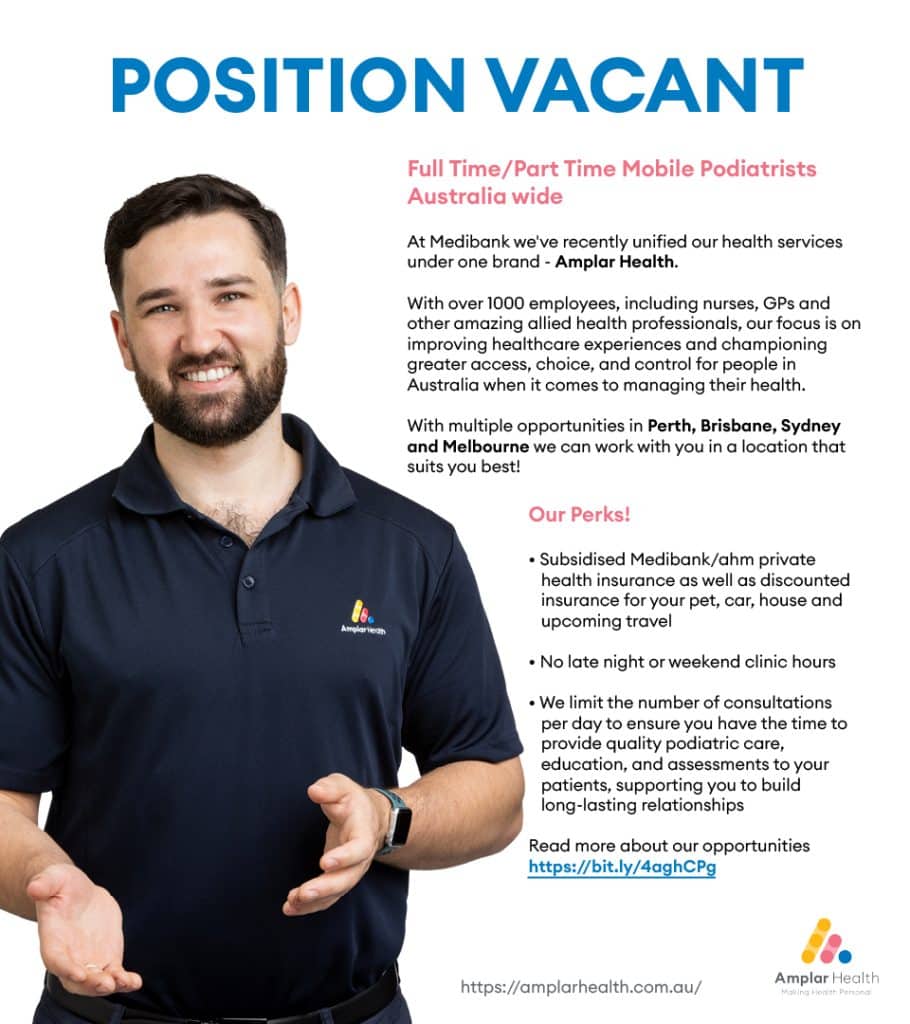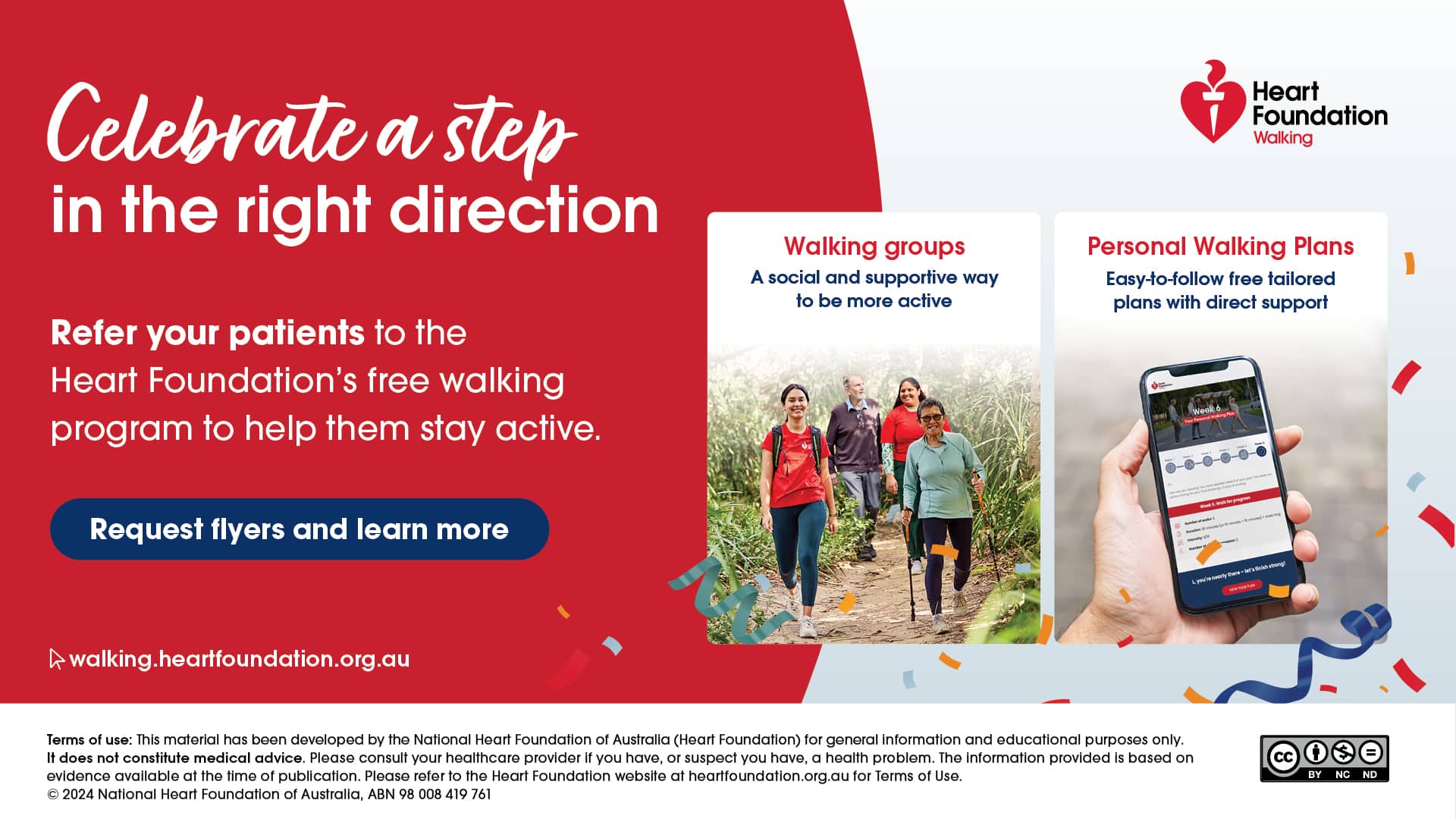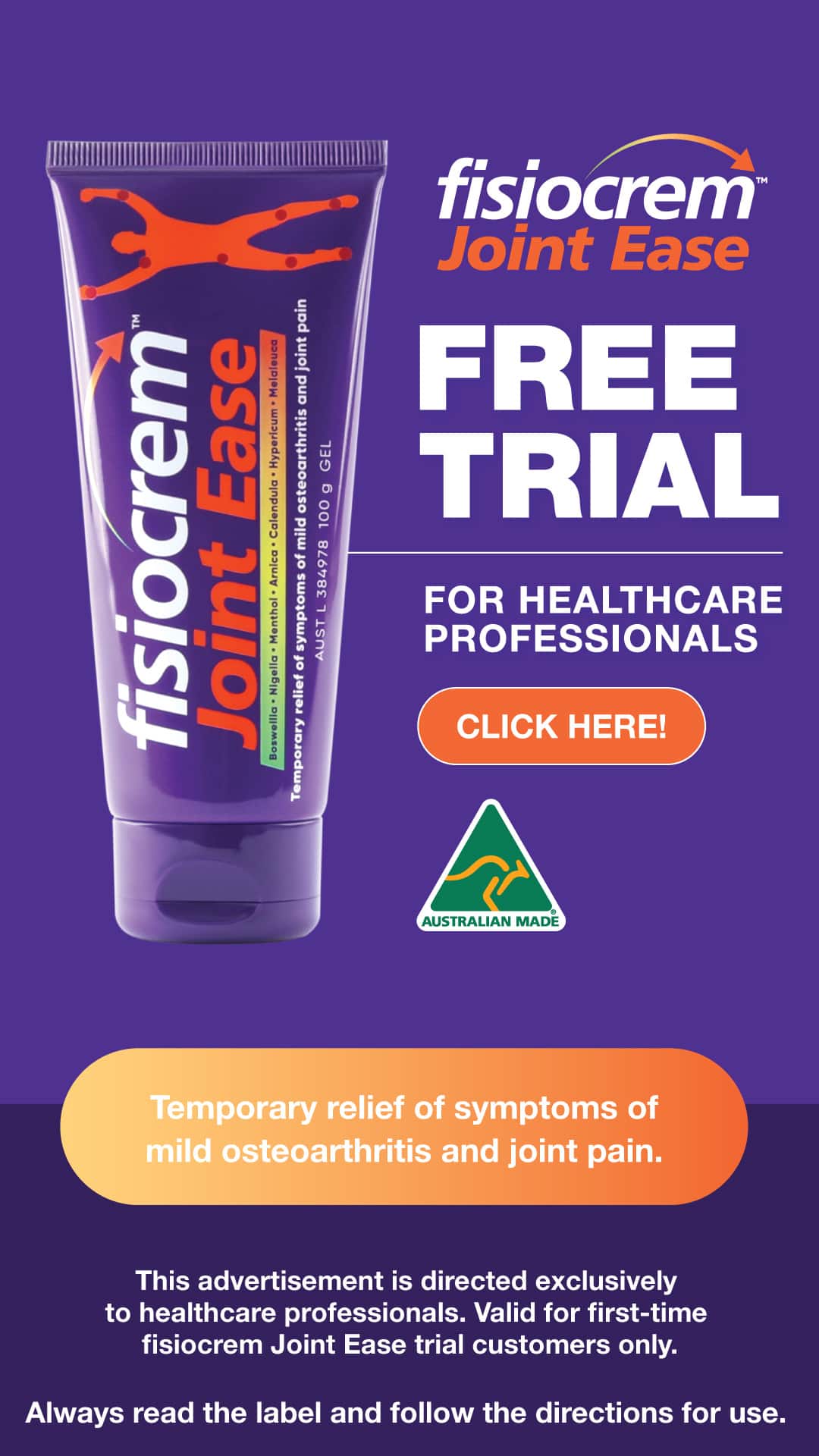
A quick guide to the latest AI developments
Overwhelmed by all the talk of Artificial Intelligence at a strategic level? The kind of ethical issues that stretch far beyond the realm of Chat GPT or your computer?
This two-minute read captures the big picture surrounding AI, its regulations and ethical considerations; designed for podiatrists.
Everyone is talking about Artificial Intelligence (AI), and while this article is by no means exhaustive, it highlights the complexity of, and disparity within, this vast topic.
The race to regulate
Did you know that on March 21, the world’s first global AI resolution was adopted by the United Nations?
What does this mean for Australian podiatrists?
This move by the UN has no immediate impact on podiatrists in many ways, except to highlight a widespread desire for AI to become regulated. Of particular importance is the issue of data privacy and the ethical implications of any such breaches, alongside implications on patients and healthcare providers if AI gets it wrong.
Globally, this ‘race to regulate AI’ reveals disparities existing between countries as to what extent AI should be regulated. Unsurprisingly, healthcare inspires much of this dialogue and these kinds of conversations are certainly worth remaining updated on as the situation continues to evolve.
In particular, uncertainty exists around the extent to which ‘regulatory guardrails’ should be in place to encourage ‘responsible AI’. Discussions focus on the potential cost of innovation if such guardrails are in place, with local news sources weighing in on this issue.
These nuanced conversations come off the back of related developments like the Council of Europe drafting a Convention on Artificial Intelligence, Human Rights, Democracy and the Rule of Law, which was adopted in May 2024.
In the words of Thomas Schneider, the Chair of the Committee on Artificial Intelligence, this document:
“… is now definitely the first binding international treaty on AI and waiting to be signed and ratified by countries. In contrast to hopes and fears to the contrary, the negotiating parties have neither intended to create new substantive human rights nor to undermine the scope and content of the existing applicable protections.”
Through an Australian lens
Closer to home, Australia’s Department of Industry, Science and Resources is opening up the discussion on what responsible AI should look like.
In the words of the Department:
“This discussion paper focuses on governance mechanisms to ensure AI is developed and used safely and responsibly in Australia. These mechanisms can include regulations, standards, tools, frameworks, principles and business practices. The paper builds on the recent Rapid Research Report on Generative AI delivered by the government’s National Science and Technology Council.”
Where the Australian Government currently stands is up for debate; given how fast-paced this landscape of change is. Yet goals such as ‘becoming the global leaders in AI’ are frequently referred to in Government-led commentaries.
Alongside Government-funding injections into digital health, AI-related research continues to be on the rise in Australia and overseas, whilst global peers seek to also weigh in on this issue through the lens of podiatry.
Which ethics guide your current choices?
In the meantime, a useful reference point to consider is the Australian set of ‘ethics principles’, in place as a guide for anyone who uses AI in any context.
This document outlines key considerations to bear in mind when using AI, which may help to clarify any unanswered ethical considerations you have in mind.
Or consider doing a short course by the World Health Organisation, such as Ethics and Governance of Artificial Intelligence for Health | OpenWHO. This course can help you stay up to date on ever-changing ethical considerations when it comes to AI in the healthcare space.
According to the course materials, you will learn to:
- Describe the opportunities and benefits of using AI in healthcare
- Outline the ethical considerations and explain the ethical challenges of its use
- Describe liability considerations associated with the design, development, and use of AI for health
- Summarise frameworks and regulatory considerations for the design, development, and use of such technology in the sector.
The role of peer discussions
If the above developments feel too overwhelming rather than informative, given their propensity to change quickly, then consider regularly catching up on online commentaries from national or global peers. These peer-to-peer conversations can help to inform your latest thinking around AI, its implications, and how you choose to use it in clinical practice.
APodA in focus
Members of the Australian Podiatry Association can access discussions such as the above, via its member-only forums.
The Australian Podiatry Association has also aligned with Provider Connect with a focus on the power of digital connect to create more efficiencies and connections for its members and AI is a hot topic at APodA’s conferences, events, and in its member resources.
The APodA will continue to keep members updated on relevant developments in AI. It will encourage the podiatry profession to continue to draw on resources, such as those referred to in this article, for the latest updates as they emerge.
What AI means to my practice

The Travelling Pod in Mexico | Part 2
The Travelling Pod meets a grandmother and her daughter who have just completed the arduous migrant journey through the Colombian and Panama jungles.
Follow David’s adventures and watch videos of his daily interactions at The Travelling Pod on YouTube.
We noticed a grandmother in her late 50s with a bandage around her foot and a cut, and modified sandal. After her shower in the communal Amigo’s del Tren bathroom, she appeared with her daughter.
The grandmother was deaf and could not speak, and her daughter who only spoke Spanish translated for us. The daughter told us that she had visited the hospital the day before and initially did not want me to touch her foot. I eventually persuaded the daughter to allow me to look at her wound, clean it, and provide a custom gift pack to manage her wound on her trip.
The patient’s story
The grandmother and her daughter were from Venezuela and had completed the dangerous and strenuous journey through the Colombian and Panama jungles called the Darien Gap.
I learned that the grandmother had type 2 diabetes when the daughter told me that her mum takes tablets for her diabetes. She reported that the doctor was happy with her blood sugar levels, but did not understand the blood test indicating the amount of glucose attached to the hemoglobin (A1C test).
The daughter explained that the wound started during the jungle journey.
Initial impressions
I concluded that her mother’s wound on her right dorsal 1st metatarsal region started from shoe friction and prolonged water exposure from all the river crossings. Side note, I have also completed the same migrant journey through the jungle, therefore, understand its potential impact on their feet.
I know many migrants use cheap plastic boots in the jungle but also commonly swap for shoes along the way that have been left behind. Often, I met people wearing incorrect shoe sizes because they found shoes were in better condition than their current ones. Moreover, I concluded that friction was the cause of her ulcer when I was debriding the slough from her infected wound, and she did not feel any pain; indicating that she had peripheral neuropathy. The doctor confirmed this by using my 10-gram monofilament to test her sense of pressure at the end of her toes.
As previously stated, her wound had signs of infection with yellow slough and leaking serous clear fluid. Her day-old dressing seemed to be the material used for blister protectors (hydrocolloid) and was not appropriate because of its inability to absorb the leaking wound.
I treated her wound by first cleaning it with a saline solution flush and using ‘aqua oxigenada’ which is hydrogen peroxide that bubbled up and sat for a minute or so.
I used my 15-scalpel blade to do a soft debride and was only able to remove some sticky slough.
Afterward, I drenched her wound in Betadine and applied a non-stick silicone dressing and a secondary Mepalex padded dressing. Unfortunately, I was not prepared for her type of wound and used the best materials we had available.
I noticed the grandmother was wearing a padded heel cup protector given by the hospital. There was no problem with her heel so I used the heel cup to offload pressure from her wound site. I cut the heel cup into a large donut shape, and in between the bandage offloaded her wound. I gave her a spare donut protector in case she needed another one.
We had a visiting doctor from Puerto Rico who spoke Spanish and English, and he supported my work to calm the nervous daughter. We educated her about appropriate wound management, advising second-day dressing changes since they were going to leave and sit on the dirty coal carriages that travel towards the Mexican border. After giving her a gift pack of dressings and antiseptic, we said goodbye.
The next day
However, the next day, she was carried into the Amigos del Train centre by stretcher.
She was found sitting down exhausted on her way to the other side of the train tracks roughly 30 minutes away under the hot sun, and she was brought back to recover.
This gave me another opportunity to clean and redress her wound and use our newly bought Jelonet primary dressing combined with sterile gauze. Her wound seemed healthier with a small amount of slough reduction. I also created another offloading pad to give to her and wished her well for her continued journey.
Want to help? Support The Travelling Pod’s upcoming trip to help remote communities; accompanied by a nurse, doctor, dentist and dental assistant.
Follow The Travelling Pod
YouTube: The Travelling Pod
Instagram: www.instagram.com/the_traveling_pod/
Website: www.TheTravelingPod.com

What’s in the Budget for podiatrists?
Did you catch up on the Budget announcements? It makes for a disappointing update, especially in the context of the pre-Budget Submission by the Australian Podiatry Association.
.
If you followed the 2024/25 Budget announcements, you would have seen the spotlight land squarely on mental health and women’s health, amongst other areas such as aged care. However, the role of primary and preventative health – and allied health in this context – failed to get much traction at all.
It was encouraging to see aged care and its workforce allocated attention and funding, yet this vision falls short of acknowledging the role of allied health in aged care, and certainly the podiatry workforce, given its significant challenges.
The lack of focus on primary care is particularly disappointing in the context of the much-publicised Strengthening Medicare Taskforce Report, which places significant emphasis on the importance of a strong primary health workforce, given how critical this is to all Australians. That said, the implementation of 29 new urgent care clinics certainly holds promise for primary care.
A recent social media post by the Australian Podiatry Association sums up its reaction to the Budget announcement
“The 2024 budget introduces significant advancements in healthcare, marked by the establishment of 29 new urgent care clinics and a substantial $361 million allocation towards mental health initiatives. While these developments are promising, it’s crucial to continue advocating for greater support for podiatry and the broader allied health community.”
In a post-Budget media release, CEO of Allied Health Professions Australia (AHPA) Bronwyn Morris-Donovan shared her disappointment.
“Given this disheartening budget for allied health AHPA calls on the Government to disrupt the status quo. True primary care reform and innovation are stymied by powerful lobby groups in Australia. Now is the time to stop talking about multidisciplinary team care and actually fund for it. Australians deserve access to quality health care where and when they need it. This is not going to happen without significant disruption to the prevailing culture of primary care.
“A healthy primary care system is underpinned by a diverse health workforce that is accessible and equitable for all Australians,” Morris-Donovan said.
More information
For further Budget responses, the following content offers a useful starting point.
- AHPA post-Budget media statement
- CEO of Private Healthcare Australia
- Deputy Commissioner at MHC NSW
- National Rural Health Alliance
- Australian Healthcare and Hospitals Association.
- Australian College of Mental Health Nurses
- Australian Prevention Partnership
Podiatrist Peter Lazzarini wins $1.6M+ National Research Grant

Read this before buying tech at tax time
As the end of the financial year (EOFY) approaches, podiatrists across Australia have a unique opportunity to upgrade their tech and claim valuable deductions on their tax returns. From laptops to wireless routers, purchasing essential technology for your clinic can reduce your taxable income; helping you save money when tax time arrives.
To start with a recap on the basics of tax deductions: they help to lower your taxable income, which in turn reduces the amount of tax you owe. To be deductible, an expense must meet the Australian Taxation Office’s (ATO) criteria, along the following lines:
- Relates directly to work: The expense must be directly related to earning your income.
- No reimbursement: You must have paid for it yourself without reimbursement.
- Record keeping: Keep a record of your spending, like a receipt.
You probably already know that for items costing $300 or less, you can claim the full amount in one tax return. For more expensive items, the advice is that you’ll need to depreciate the cost over several years. If you use the item for both personal and professional purposes, only the work-related portion is deductible.
So, how can you make the most out of EOFY tech buying opportunities…? Here’s some tips to bear in mind.
1. Do your homework on laptops and tablets
A reliable laptop or tablet is crucial for managing patient records, scheduling, and research; and EOFY sales are a perfect time to buy.
Do your homework on how compatible the device is with any integrated software. Research whether there is enough memory in your chosen device for the longer-term; along with other considerations, such as if your device will need an external hard drive. Or do you plan to save everything to the cloud, and if so, what potential privacy implications should you first consider?
If you are already loyal to existing software providers, it could even be worthwhile to see if these companies can recommend one particular brand over another as being more compatible with their software.
2. Get smart with smartphones
If you’re buying a smartphone, make sure it supports 5G, as this will soon be the standard across Australia. Look for discounts on recent models, but also be open to trade-in models, as there are some great deals to be had at this time of year.
Reflect also on the mobile plan you are on – is there a deal to be done if you package the device’s purchase into your chosen plan rather than paying upfront? Are there added incentives to add your employees’ mobile phones to your business’ provider plan?
3. Don’t overlook wireless routers and wi-fi mesh systems
You know all too well how much a robust wi-fi setup helps to ensure smooth operations, whether for patient management software or telehealth consultations. Consider investing in a high-quality router or a mesh system to eliminate dead zones in your clinic. These can be bought from retail outlets, but it is worth first speaking to your service provider for recommendations on any compatible routers or modems. They are likely to have a list of preferred systems for their customers to use with their technology. These items often feature in EOFY sales, making it a great time to upgrade.
4. Ink efficient printers can last the distance
While less glamorous, a reliable printer is essential, but be cautious of the running costs, particularly ink prices. Sometimes a more expensive, ink-efficient printer is a better long-term investment than a cheaper model.
5. Keep records to save future headaches
EOFY sales present an excellent opportunity for podiatrists to upgrade their technology and maximise tax deductions. By strategically purchasing essential tech items and keeping meticulous records, you can reduce your taxable income and enhance your clinic’s efficiency. Don’t forget to keep a record of everything! Consider exploring bookkeeping and finance apps that can help you to digitally store such records on your phone and/or the cloud.
What else can you claim?
According to the industry-specific guide for medical professionals, you can claim:
The work-related portion of other expenses that relate to your employment including:
- professional indemnity insurance
- journal subscriptions and publications
- professional association membership fees
- phone and internet costs, with records showing your work-related use
- medical equipment and insurance for that equipment
- personal protective equipment you buy, such as gloves, face masks, sanitiser or anti-bacterial spray.
More information
Head to the Australian Tax Office’s information guide for medical professionals to learn what you can claim across a range of items from clothing to utility bills.
The above information does not constitute legal, financial or other advice. Professional advice should be independently sought before making purchasing decisions.
….Psst. Live in Victoria and have questions about payroll tax?
Don’t miss this webinar (or catch up on it afterwards if you are a member of the Australian Podiatry Association).
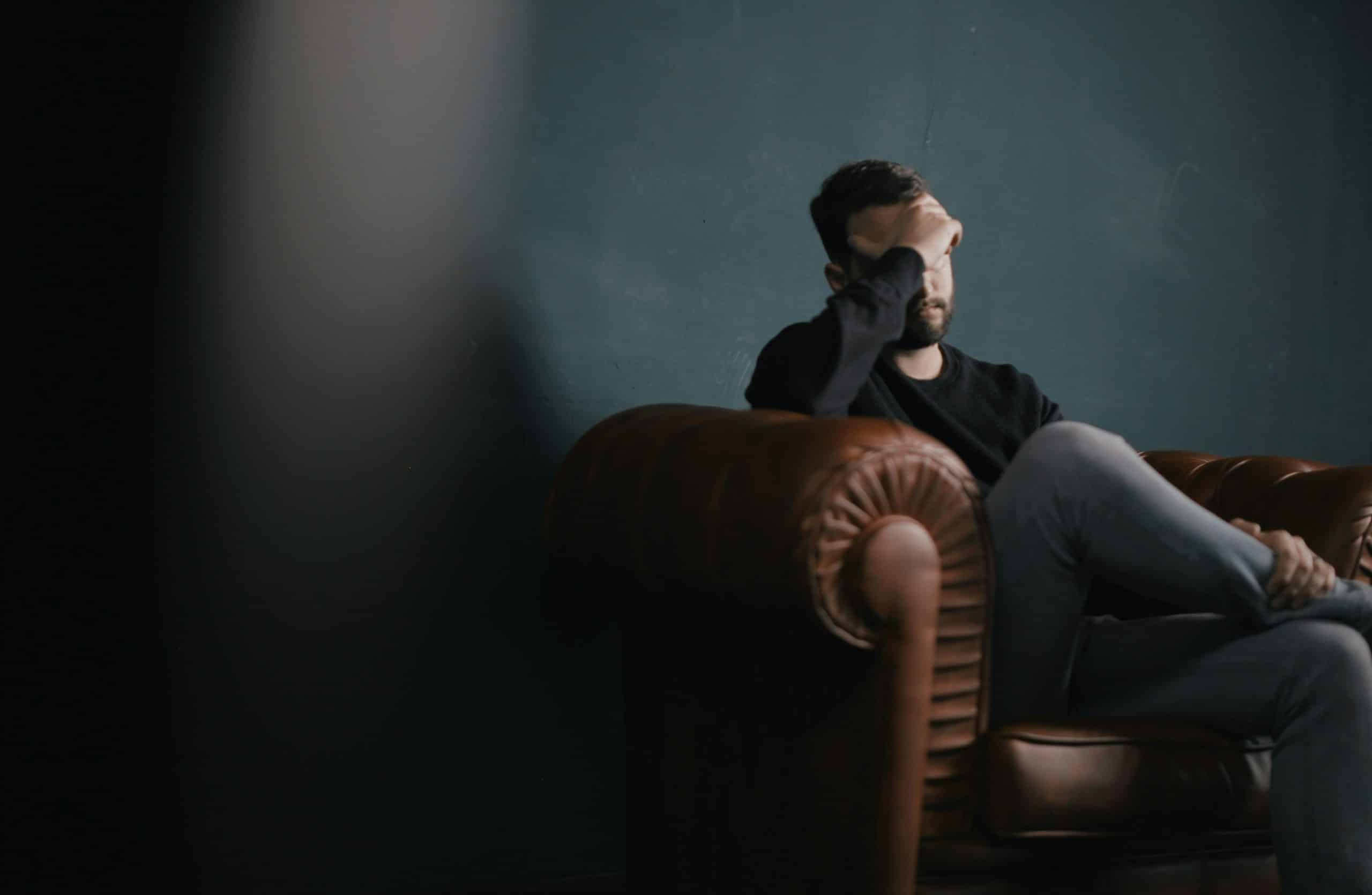
How to reduce stress at work
Stress is an inevitable aspect of modern work life, stemming from tight deadlines, heavy workloads and various other factors. However, if left unchecked, stress can lead to detrimental effects on both individuals and podiatry practices.
This article will provide a deeper understanding of the consequences of stress. It will also cover stress management initiatives that aim to foster a healthy and supportive work environment. promote employee wellbeing and optimise overall performance.
Member-only full article access available at APodA’s Human Resources Portal.









